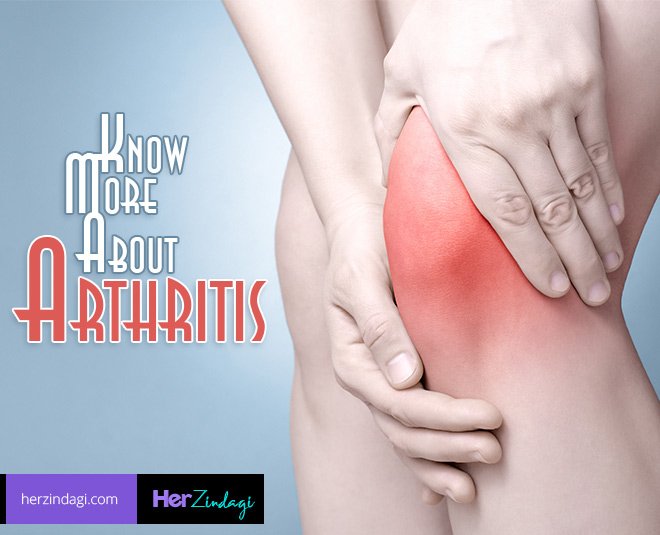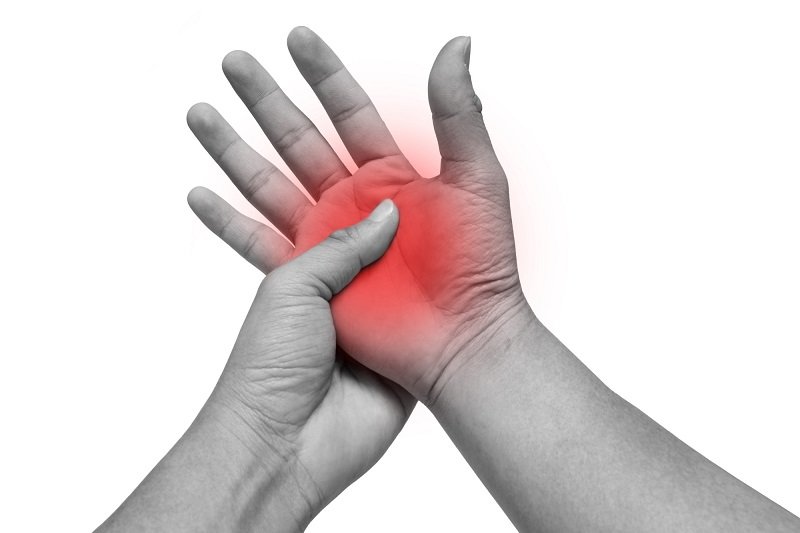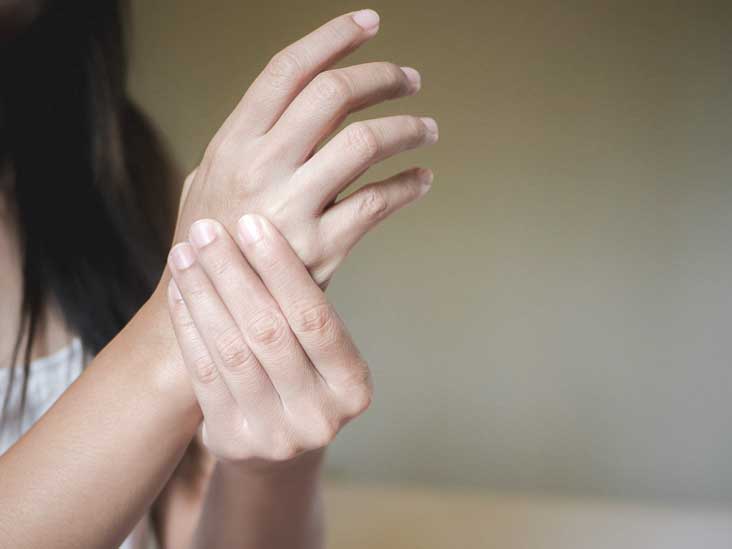Why Do Joints Make Popping And Cracking Noises
Joints can make different noises–some are serious and some are not.
Some people learn how to “pop their knuckles.” By pushing or pulling a joint in a certain way an air bubble can suddenly appear in the joint with a “pop.” Once the bubble is there the joint cannot be popped again until the air has been reabsorbed.
Some joints crack as the ligaments and tendons that pass over them slide past bumps on the bones. Individuals who “crack their neck” make noise in this way.
Other joints lock up intermittently–often with a loud pop–because something gets caught in between the joint surfaces. A torn cartilage in the knee or a loose piece of bone or cartilage in the joint can do this. Once a joint is stuck in this way, it may need to be wiggled around to unlock it. This may also cause a pop.
Finally joints that are arthritic may crack and grind. These noises usually occur each time the joint is moved. This noise is due to the roughness of the joint surface due to loss of the smooth cartilage.
What Osteoarthritis Pain Feels Like
Pain is pain, right? It just plain hurts. But for your doctor to figure out whether your joint pain stems from osteoarthritis, which develops as cartilage wears away, youll need to be specific about when the pain occurs, how bad it is, and the ways it’s affecting you.
Here are some common signs and symptoms of osteoarthritis that may help you identify and better describe your pain to your doctor:
- Pain that aches deep into the joint
- Pain that feels better with rest
- Pain that isn’t noticeable in the morning but gets worse throughout the day
- Pain that radiates into your buttocks, thighs, or groin
- Joint pain that affects your posture and gait and may cause limping
- Pain that occurs after using the joint
- Swelling in the joint
- Not being able to move the joint as much as usual
- Feeling a sensation of bones grating or catching on something when moving the joint
- Pain during certain activities, like standing from a seated position or using stairs
- Pain that interferes with work, daily activities, and exercise
- Joint stiffness first thing in the morning that improves with time
- Stiffness after resting the joint
RELATED: Arthritis Lifestyle Types: Which One Are You?
Get Some Professional Advice
While recognizing these symptoms raises suspicions, the best way to know is to check with a doctor. Doctors can perform a range of tests to check for the condition. These include physical checks, x-rays, and blood tests. From there, doctors may use knee arthroscopy to further asses and treat the disease.
Recommended Reading: Can Psoriatic Arthritis Cause High Blood Pressure
When To See A Doctor
Arthritis that interferes with your quality of life in any waywhether from pain or loss of range of motion or bothshould, and can, be treated. See your doctor or an orthopedic specialist if you:
- Experience symptoms for three days or more in a row
- Have several episodes of symptoms within a month
- Find yourself avoiding normal activities
- Do not get relief with rest, OTC pain medication, and other conservative measures
- Notice changes in symptoms that are unusualfor example, a stiff joint that normally improves after 15 minutes of exercise becomes swollen and red-hot
Are There Any Other Treatment Options Being Investigated

For osteoarthritis, some clinical research trials are underway in the U.S. exploring stem cell treatment. Early findings are encouraging. Stem cell therapy so far has shown to provide some pain relief and improvement in function. The ultimate goal would hopefully be to use stem cells to regrow cartilage.
Over the past decade, researchers developed many new medications for psoriatic arthritis and rheumatoid arthritis, with more studies underway.
Recommended Reading: Can You Stop Rheumatoid Arthritis From Progressing
Inflammatory Arthritis Vs Osteoarthritis: Causes And Symptoms
Arthritis actually describes over 100 different conditions that affect joints and the surrounding tissue. They fall into two main categories: inflammatory arthritis and osteoarthritis .
Inflammatory arthritis is a systemic disease in which the mechanisms that normally protect your body attack your own joints and tissues instead. The most well-known example is rheumatoid arthritis its hallmark symptom is prolonged stiffness and achiness in the morning after waking up. RA also tends to be symmetrical, meaning you’ll have problems in the same joints on both sides of your body, like both wrists or both knees.
The second type of arthritis and the most common form is osteoarthritis. A degenerative disorder, it’s caused by trauma or age-related wear and tear on your joints over time. Osteoarthritis is most likely to affect weight-bearing joints such as the knees, hip, lower spine or big toe, but it can also cause pain and stiffness in your thumb or finger joints.
What Are The Signs Of Arthritis In The Hands
May 19, 2021
Achy, swollen hands? Stiffness in your wrists? Its common to assume these are symptoms of arthritis. While 40 million Americans suffer from arthritis, its far less frequent in the hands than people expect. Instead, what many mistake for arthritis is actually tendonitis. Let’s look at the difference between arthritis and other conditions, risk factors and treatments.
Don’t Miss: What To Eat To Avoid Rheumatoid Arthritis
What Is Arthritis Of The Hand
Arthritis is a disease that attacks the tissues of your joints. A joint is where two bones meet. Arthritis can attack the lining of your joint or the cartilage, the smooth covering at the ends of bones. Eventually the cartilage breaks down, the ends of your bones become exposed, rub against each other and wear away. You have many joints in your hand, therefore its a common site for arthritis to happen.
Arthritis of the hand causes pain and swelling, stiffness and deformity. As arthritis progresses, you cant use your hands to manage everyday tasks as you once could.
How Long Does It Take To Recover From Hand Surgery
Recovery time depends on many factors, including the severity of your condition, type of surgery you had, the skill of your surgeon and your compliance with therapy. Most people can return to their activities about three months after joint reconstruction surgery. Your team of caregivers can give you the best estimate of your particular recovery time.
Read Also: Does Drinking Alcohol Make Arthritis Worse
How To Know If You Have Hip Arthritis
Having problems with one particular routine task is a common giveaway that hip arthritis is affecting your life: putting on your socks and shoes. You need an adequate range of motion in your hips to put your foot up on your opposing leg to put on your shoes and socks. People with hip arthritis tend to lose the range of motion in the hips. Problems putting on your socks and shoes are not always associated with pain but rather just becomes more difficult to do.
You can also tell how long you have been affected by hip arthritis by looking back at how long you have been having problems putting on your socks and shoes. Hip arthritis can onset rapidly and deteriorate the range of motion in the hips quickly. A patient can go from seeing no signs to needing a hip replacement in less than 24 months.
While that is a common symptom, there are many others that a person could be experiencing. Regardless of the type of arthritis, other signs of hip arthritis can include:
- Pain in the groin or thigh that radiates to your knee, outer thigh or buttocks.
- Pain that is worse in the morning or after sitting for a while.
- Flare ups after vigorous activity.
- Limping or pain that causes difficulty walking.
- Sticking or locking of the hip joint.
- Difficulty getting out of a car.
- Pain when leaning over.
- Grinding noises during movement.
- Increased pain in rainy weather.
The Four Horsemen Of Arthritis
Persons experiencing these 4 main symptoms may have arthritis. Pain is the first and most obvious sign. Inflammation causes severe pain that can be intermittent or long-lasting. Joint stiffness is a second major issue. Joints become difficult to move, and persons will have a reduced range of motion. Pain and stiffness cause swelling and tenderness. Finally, the joints look inflamed and swollen, with signs of redness. If these 4 symptoms are chronic, arthritis may be the culprit.
Read Also: Where To Buy Imak Arthritis Gloves
Early Rheumatoid Arthritis Symptoms
Rheumatoid arthritis also causes pain and swelling in the joints. Usually the small joints of the fingers and toes are affected first. The most common symptom is stiffness, and it takes a long time to get the joints moving, especially in the morning.
The disease is symmetrical, meaning that if your left index finger is swollen and painful, youll usually have the same symptoms in the right index finger.
Rheumatoid arthritis can be systemic, meaning it can develop to the point that it affects the whole body.
Other non-joint symptoms can include:
- shortness of breath
Can Arthritis In The Hand Be Prevented

Arthritis cant be prevented. However, you can watch for symptoms of arthritis as you age and see your healthcare provider if you notice changes in your joints. You can also take steps to control factors that you can control. Eat healthy to nourish your body and maintain a healthy weight. Being overweight puts more stress on your joints. Dont smoke. Smoking increases your risk of arthritis.
Don’t Miss: Does Heat Make Arthritis Worse
What Does Knee Pain Caused By Arthritis Feel Like
With the immense amount of pressure and strain put on our knees day after day and year after year, it is not surprising that knee pain is such a widespread complaint in men and women of all ages in Atlanta, GA. While there are certainly some more serious causes of knee pain, in a large number of people, knee pain is temporary and, relatively, harmless. However, if you think the pain in your knees may be caused by arthritis, here are a few telltale signs and symptoms to watch for:
Soft Tissue Musculoskeletal Pain
Soft tissue musculoskeletal pain is felt in tissues other than the joints and bones. The pain often affects a part of the body following injury or overuse, such as tennis elbow, and originates from the muscles or soft tissues supporting the joints.
Pain that is more widespread and associated with other symptoms may indicate fibromyalgia.
Don’t Miss: What Medicine Do You Take For Rheumatoid Arthritis
What Exactly Is Rheumatoid Arthritisand How Do You Know If You Have It
Rheumatoid arthritis is an autoimmune and inflammatory disease that mainly affects the body’s joints, according to the Centers for Disease Control and Prevention .
The condition, per the CDC, commonly affects the joints in the hands, wrists, and kneesand occurs when the lining of those joints becomes inflamed, damaging the joint tissue. That damage can eventually lead to long-lasting or chronic pain, unsteadiness, and deformity.
The symptoms of RAwhich can include pain, stiffness, tenderness, and swellingcan go through phases where they’re worse and better . But some symptoms of RA can mimic those of other conditionshere’s what to look out for, and how to know if it’s due to RA or something else.
How Is Arthritis Diagnosed And Evaluated
When diagnosing arthritis, your doctor will likely do a complete physical examination of your entire body, including your spine, joints, skin and eyes. You may undergo blood tests to detect markers of inflammation. In cases where an infection or gout is suspected, it may be useful to draw some fluid from a joint with a needle in order to analyze the contents of the material. In addition, your physician may order one or more of the following imaging tests:
Recommended Reading: Can Rheumatoid Arthritis Affect Your Lungs
Shoulder Arthritis Due To Avascular Necrosis
Avascular necrosis refers to the disrupted blood supply to an area of the body, which results in that area dying . In the shoulder, the humeral head may lose blood supply due to disease, traumatic injuries, and other causes. Without a blood supply, the bone will slowly collapse, becoming uneven and causing arthritis.
Other Conditions And Joint Pain
Other forms of arthritis, and other conditions, can also cause joint pain. Examples include:
- fibromyalgia syndrome, a condition in which your brain processes pain in your muscles and joints in a way that amplifies your perception of the pain
- scleroderma, an autoimmune condition in which inflammation and hardening in your skin connective tissues can lead to organ damage and joint pain
You May Like: What To Do For Arthritis In The Thumb
What Are The Early Signs Of Osteoarthritis
With any illness, its important that you find ways to tell if youre in the beginning stages so you can start treating it properly, as you dont want to lower your quality of life. Fortunately, your body tends to let you know through subtle symptoms that something could be wrong, and this definitely includes osteoarthritis.
Symptoms of this ailment are quite physical in nature, and they all start in the joints, including:
- Stiffness
- Weakness
- Swelling
In fact, you can get osteoarthritis in any joint in your body, though it occurs most frequently in the following areas:
- Hands
- Hips
- Lower Back
Its important to listen to what your body is telling you instead of powering through what you think could just be minor joint pain because youre getting slightly older.
Changes In Surrounding Joints

In patients with advanced thumb base arthritis, the neighboring joints may become more mobile than normal.
Thumb extension deformity. This patient has lost mobility at the base of the thumb due to arthritis. The next joint closer to the tip of the thumb has become more mobile than normal to make up for the arthritic joint. Normally, the thumb does not come to a right angle with the rest of the hand.
Recommended Reading: What To Take To Prevent Arthritis
Rotator Cuff Tear Arthropathy
Rotator cuff tear arthropathy is a type of shoulder arthritis that can develop after a massive and prolonged rotator cuff tear. The four rotator cuff tendons in your shoulder wrap around the ball portion of the shoulder joint, holding it in place. If one or more of these tendons is heavily torn, this may cause the humeral head to rub against other bones and develop arthritis.
What Are The Symptoms Of Arthritis In The Hands
Early symptoms include:
- Dull or burning joint pain, appearing hours or a day after increased use of your hands.
- Morning pain and stiffness in your hand.
- Swollen joints in your hand.
If you’ve had arthritis in your hand for some time:
- Symptoms are present more often.
- Pain may change from dull ache to sharp pain.
- Pain may wake you up at night.
- Pain may cause you to change the way you use your hand.
- Tissue surrounding your affected joint may become red and tender to the touch.
- Youll feel grating, grinding, cracking or clicking when bending your fingers.
- Your fingers cant fully open and close.
- Small bony nodules form on the middle joint of your fingers or at the top joints of your fingers .
- Your finger joints become large and deformed and abnormally bent, leaving your hands weak and less able to accomplish everyday tasks.
Don’t Miss: Does Psoriatic Arthritis Cause Hair Loss
How To Know If You Have Arthritis
Arthritis affects approximately one in four Americans, making it one of the most common ailments today. This is a condition that is highlighted by joint swelling, inflammation, soreness, stiffness, and pain. These symptoms will generally increase over time as a person gets older. But how do you know if you have arthritis?
There are several different types of arthritis people suffer from today, with rheumatoid arthritis and osteoarthritis being the two most common ones. Rheumatoid arthritis occurs when your immune system begins attacking the areas of your body where your joints are located. Their lining is targeted first, leading to unwanted stiffness and pain. Osteoarthritis happens when the cartilage surrounding and protecting joints starts breaking down.
Depending on what form of arthritis you are experiencing will determine what treatment will work best. Overall, treatment methods should reduce the symptoms and, if possible, eliminate them altogether. There are some powerful all-natural supplements that have been found to be very effective in doing so, which we will go over later.
How do you know if you have arthritis? We will go over what to look out for to help you determine whether or not you suffer from some form of arthritis.
Overall, the main indicators that you may have some form of arthritis are the following:
- Stiff joints
- Reduced mobility
- Joint pain
Set A Weight Loss Goal
When it comes to arthritis, what your scale says really matters. People with a higher body weight are diagnosed with arthritis at an earlier age and have more severe arthritis. It makes sense: Feet are a weight-bearing joint, so obesity makes arthritis worse, says Dr. Domingues. Even one extra pound on your frame can equal about five extra pounds of force on your feet. Losing 20 pounds can mean sparing your feet from an extra 100 pounds of force with every stride.
Excess body weight also increases inflammation, which fuels the painful symptoms of inflammatory types of arthritis like rheumatoid arthritis and psoriatic arthritis. Its not easy to lose weight when you have stiff or sore joints, but even a five- to 10-percent reduction in body weight has been shown to dramatically diminish joint pain and improve exercise tolerance. Check out these weight loss tips that are especially helpful when you have arthritis.
Recommended Reading: Does Arthritis Pain Cause Fatigue